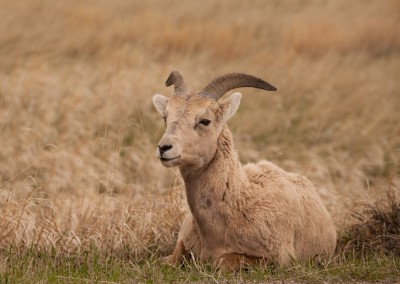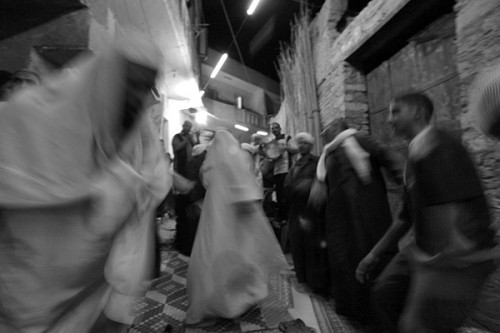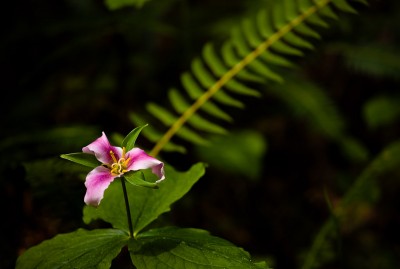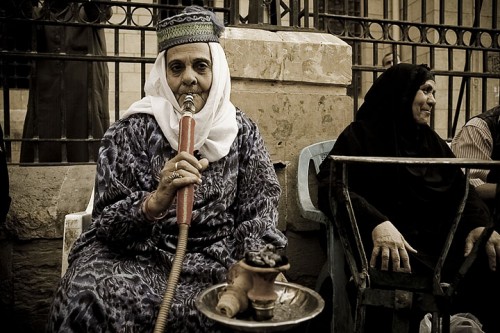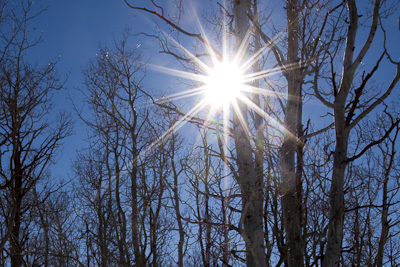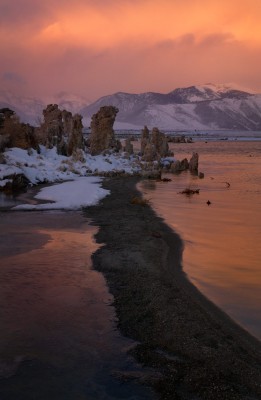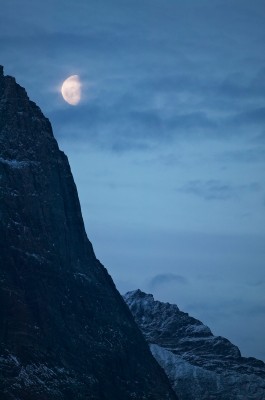The Car Blind
Wildlife photography presents the nature photographer with many challenges. One of the foremost is getting close enough to the animal to create an effective image, while not disturbing the animal, affecting it’s behavior, or putting oneself in danger. Because wildlife is often most sensitive to the presence of things that look like humans or other large mammals, when possible many wildlife photographers will make use of a blind–a general term for any sort of structure, tent, or what have you, that renders the photographer less visible. Numerous styles of blinds exist, some are as simple as camouflaged tarps that disguise the form of the photographer, while some are elaborate structures. While dedicated blinds have their place, I’ve often had good success photographing using my car as a blind. (more…)
